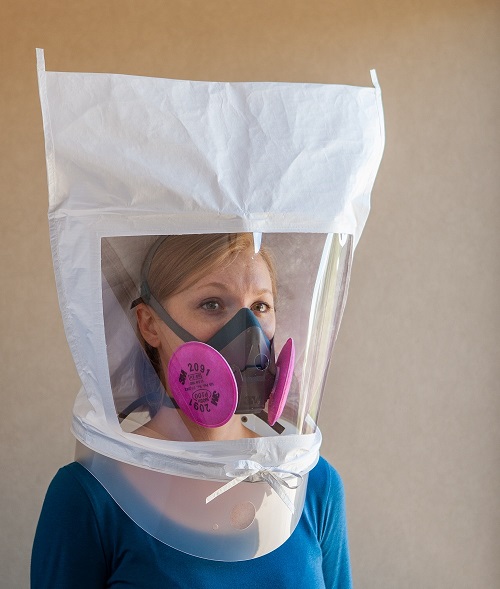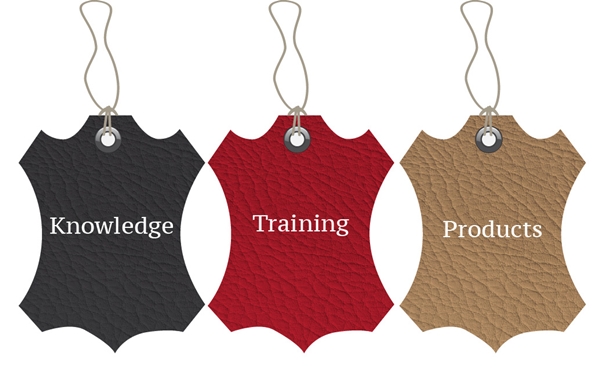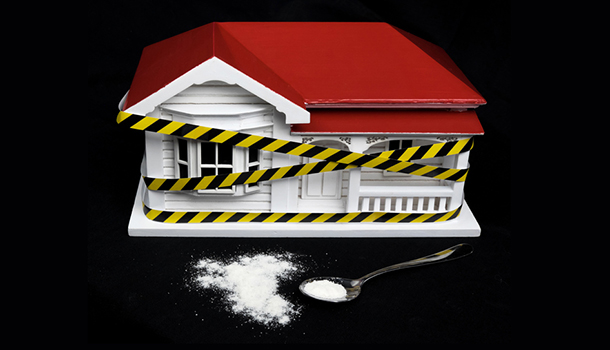
Any respirator with a tight fitting facepiece (e.g. disposable respirators, half and full-face masks) must provide an adequate seal to an individual’s face – this is a requirement of AS/NZS1715 as one element of a complete respiratory protection programme. The effective fit can be demonstrated by passing a fit test.
Fit testing of tight-fitting respiratory protective facepieces has been in use for many years, but there are still widespread misconceptions and misunderstandings about what a fit test pass signifies.
Respirators are tested for various performance parameters during standard compliance testing, but this does not guarantee that the product will fit the face of every potential wearer.
When to fit test according to AS/NZS1715
Fit testing should be carried out on all tight-fitting respirators:
- Before the respirator is issued
- On all users of tight fitting facepieces
Fit testing should be repeated if:
- The wearer significantly loses or gains weight, has major dental work or sustains a major facial injury
- A different size or type of mask is used or is recommended annually
Fit testing is in addition to the requirement to perform a fit check prior to each use – this is a brief, gross determination of a suitable fitting each time the respirator is donned.
Fit test methods
There are two main types of fit testing; Qualitative (QLFT) and Quantitative (QNFT).
Qualitative fit testing (QLFT)
Qualitative fit tests provide a pass/fail result based upon the wearer detecting a test agent by taste. They provide a subjective measure of the performance of the seal of the facepiece to the wearer’s face.
- Taste test methods
This method introduces a controlled amount of a specified challenge aerosol concentration into a hood fitted over the wearer. This test is suitable for tight fitting respirators fitted with particulate or combination gas/vapour and particulate filters.
If the taste of the aerosol is detected at any point during the test process, the test is failed, terminated and restarted after adjustment or refit. If repeated failures are experienced, an alternative size or model of respirator should be tried.
This method is for half facemask products only – it cannot assess the high protection factors that are required by full facemasks.
Advantages
- Inexpensive and simple to use
- No calibration of equipment required
- No modification of facepieces required.
Disadvantages
- Subjective – uses wearer’s response to detect leakage
- Unsuitable to test full face masks requiring high protection values.
Quantitative fit testing (QNFT)
A quantitative fit test gives an objective measure of the quality of the seal between the wearer’s face and the facepiece.
- Using a particle counting device
These devices work by counting naturally occurring particles circulating in ambient air. A probed facepiece is connected to a particle counting device. Particle numbers within and outside the facepiece are counted and compared. The ratio is called a fit factor. This fit factor should not be used as the basis to select a respirator.
Advantages
- Provides an objective numerical result
- Wearer response does not influence result
Disadvantages
- May be cost prohibitive (~A$20k)
- Temporary or permanent modification of facepiece required (e.g. may need an adaptor to fit on the mask to allow inside sampling)
Each fit testing method has its advantages and disadvantages as highlighted above. Workplaces need to evaluate what method is right for them and the respirators used in the workplace. However, each method when applied correctly can provide an acceptable assessment of mask fit.
It is essential for both fit test methods (and when masks are worn in the workplace) that the subject’s face is free from facial hair or other items that may degrade the face seal performance. Wearers with facial hair or stubble in the critical areas must not wear a tight fitting facepiece.
Fit testing should not be undertaken by employees if there is any hair growth between the skin and facepiece sealing surface, such as stubble, beards, moustaches or sideburns which cross the respirator sealing surface.
There are many particulate hazards which cannot be seen by the naked eye and are much smaller than a single beard stubble or strand of hair as shown by the adjacent picture.
These small particulates can easily bypass the filter via gaps created by any facial hair and enter the mask into the wearers breathing zone, hence exposing them. Gas and vapours pass straight through facial hair and into the breathing zone.
Fit testing is crucial, but it is only one element of a full Respiratory Protection programme (RPP). For adequate respiratory protection to be achieved, fit testing is a required component of a comprehensive and effective RPP as described in AS/NZS1715.
*Mark Reggers is an occupational hygienist for 3M Personal Safety Division and is the host of the 3M Science of Safety Podcast. Listen to the 3M Science of Safety Podcast on Apple Podcasts, Spotify, Google Podcasts, www.3m.com.au/sospodcast or wherever you get your podcasts from!
This article first appeared in INCLEAN Australia magazine
Comment below to have your say on this story.
If you have a news story or tip-off, get in touch at info@3.106.117.80.
Sign up to INCLEAN’s newsletter.




